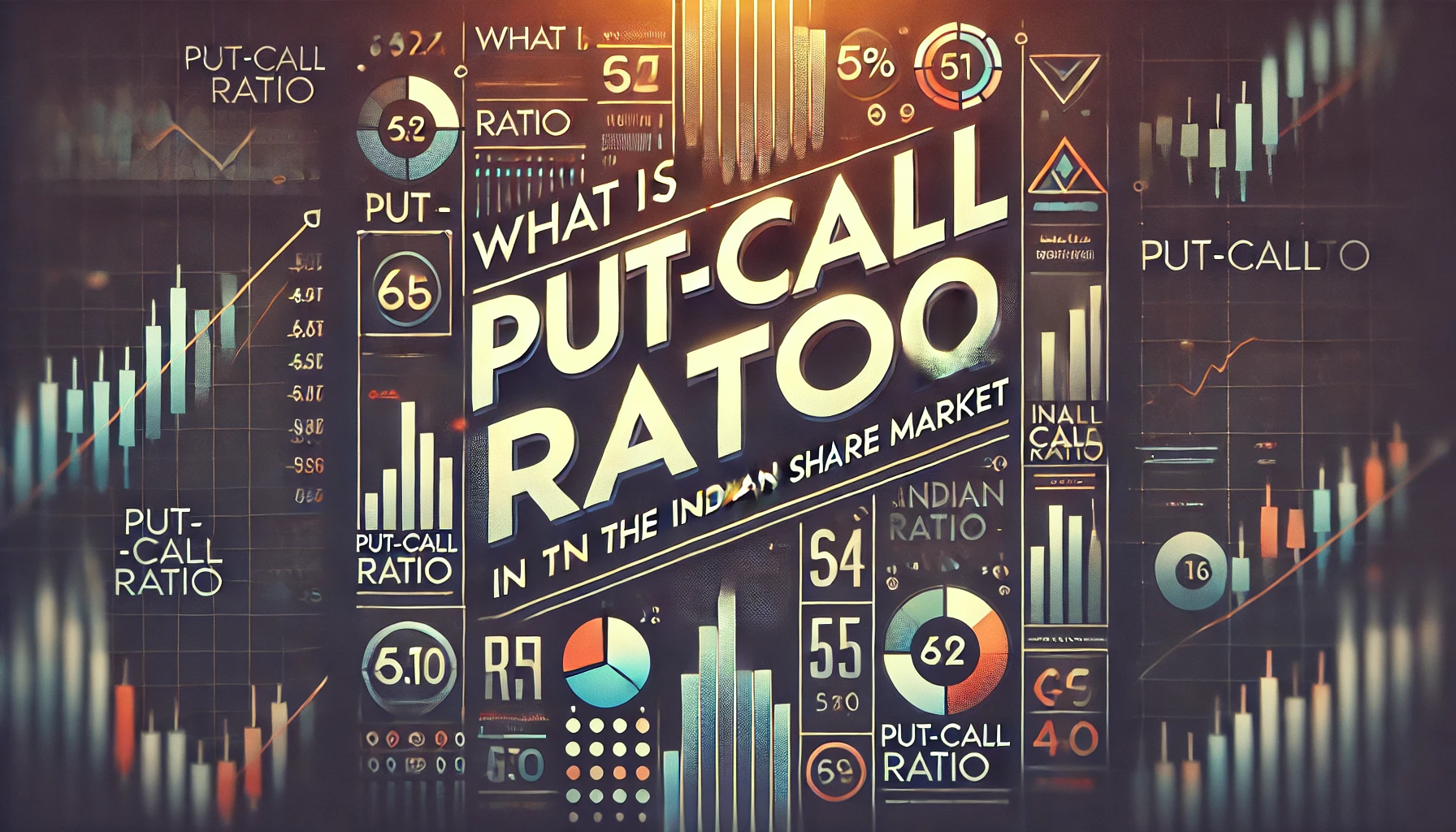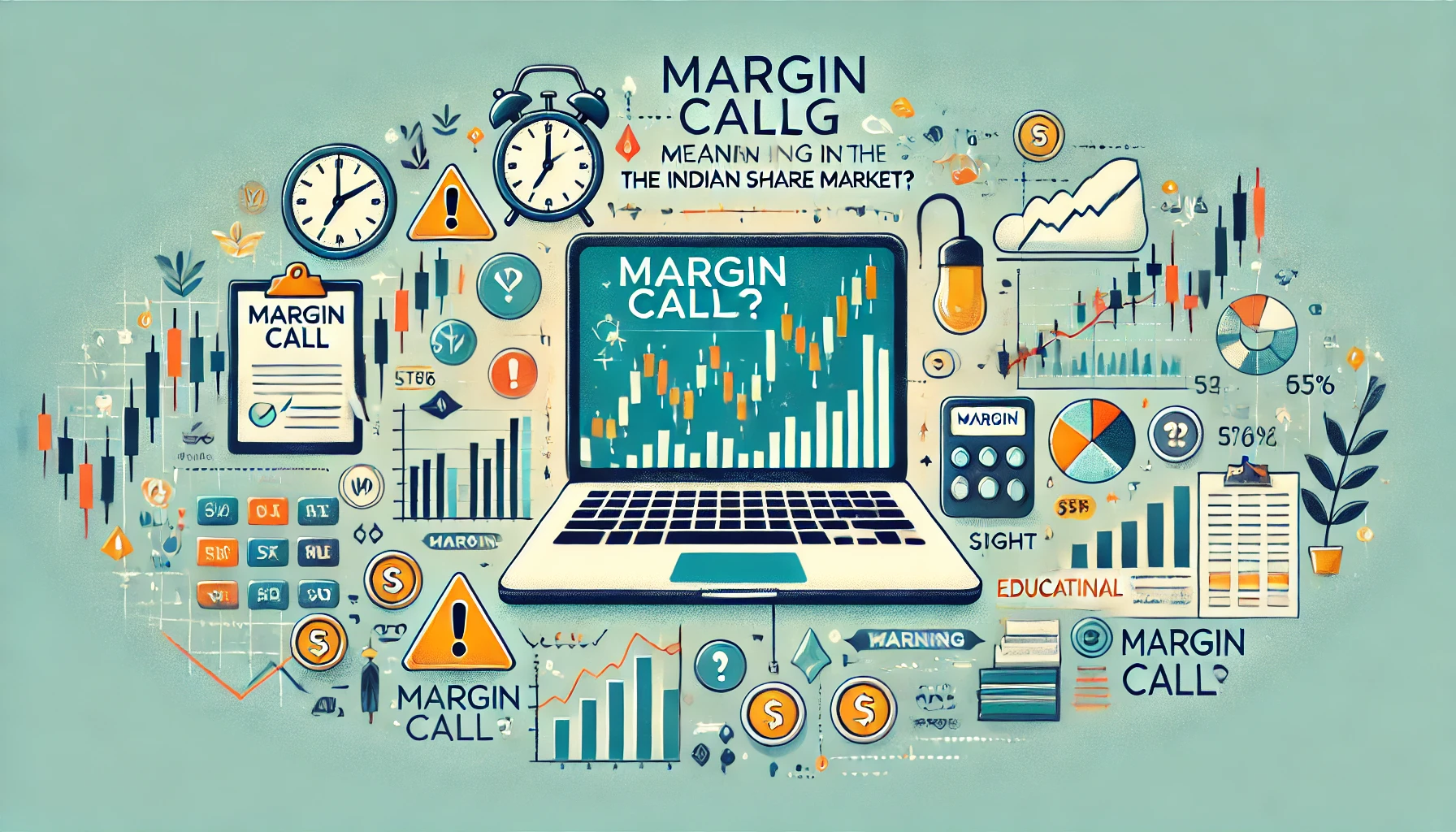The Indian share market is known for its dynamic nature and offers various opportunities for investors and traders. One of the key instruments in this market is the derivative, and among the derivatives, futures contracts are widely used. A fundamental concept that traders must understand is the futures pricing formula, which helps in determining the fair price of a futures contract. This blog will explore the intricacies of futures pricing in the Indian share market, the formula used, historical data, and how traders can benefit from understanding this concept.
Table of Contents
- Introduction to Derivatives and Futures in the Indian Market
- What is a Futures Contract?
- Futures Pricing Formula: The Basics
- Key Variables in Futures Pricing
- Theoretical Futures Price Calculation
- Historical Data of Futures Prices in the Indian Market
- Practical Applications of the Futures Pricing Formula
- Conclusion
1. Introduction to Derivatives and Futures in the Indian Market
Derivatives are financial instruments that derive their value from an underlying asset, which could be stocks, commodities, currencies, or indices. In the Indian market, derivatives have gained popularity due to their ability to hedge risks and speculate on price movements. Among these, futures contracts play a pivotal role.
Futures contracts are agreements to buy or sell an asset at a predetermined price at a specified future date. The pricing of these contracts is not arbitrary; it follows a mathematical formula, taking into account factors like the current spot price, risk-free interest rate, and the cost of carry.
2. What is a Futures Contract?
Before delving into the pricing formula, it’s essential to understand what a futures contract is. It is a standardized agreement to buy or sell the underlying asset in the future at an agreed price. Unlike options, futures contracts obligate the buyer or seller to complete the transaction at maturity.
These contracts are traded on exchanges, such as the National Stock Exchange (NSE) and the Bombay Stock Exchange (BSE), and are typically used for commodities, indices, and equity shares.
3. Futures Pricing Formula: The Basics
The futures pricing formula provides a way to estimate the future value of the contract based on the present value and other factors. The formula is:
F=S×e^(r×t)
Where:
- F = Futures Price
- S = Spot Price (Current market price of the asset)
- r = Risk-free interest rate (usually the government bond rate)
- t = Time to maturity (in years)
- e = Exponential constant (~2.718)
This formula helps traders calculate what the price of a futures contract should be, theoretically. Any significant deviations from this price may present arbitrage opportunities.
4. Key Variables in Futures Pricing
- Spot Price (S):
The spot price is the current price of the asset in the market. This is the starting point for the futures pricing calculation. - Risk-Free Rate (r):
This is the return an investor can expect from a risk-free investment, such as government bonds. In India, the risk-free rate is usually represented by the 10-year government bond yield. - Time to Maturity (t):
The time remaining until the contract expires, expressed in years. This is crucial because the longer the time to maturity, the more the pricing differs from the spot price due to interest rates. - Cost of Carry:
In some cases, the cost of carry (storage, insurance, etc.) is added to the formula, particularly for commodities. However, for equity futures, the primary factor is the interest rate.
5. Theoretical Futures Price Calculation
Let’s look at an example to clarify how the formula works in practice.
Example:
- Spot price (S): ₹1,000
- Risk-free rate (r): 6% per annum (0.06)
- Time to maturity (t): 6 months (0.5 years)
F=1000×e^(0.06×0.5)
Using this formula:
F=1000×e^0.03=1000×1.030454=₹1,030.45
Thus, the theoretical price of the futures contract is ₹1,030.45.
6. Historical Data of Futures Prices in the Indian Market
Understanding how futures prices have behaved in the past can offer valuable insights into market trends and volatility. Below is a table summarizing historical data from the NSE Nifty 50 Futures contracts.
| Date | Spot Price (₹) | Futures Price (₹) | Risk-free Rate (%) | Days to Expiry |
|---|---|---|---|---|
| Jan 2022 | 16,450 | 16,490 | 6.10 | 30 |
| March 2022 | 17,200 | 17,240 | 5.90 | 60 |
| July 2022 | 15,500 | 15,540 | 5.80 | 90 |
| Dec 2022 | 18,100 | 18,150 | 6.00 | 30 |
This historical data helps traders identify the correlation between the spot and futures prices and how the interest rate impacts these prices.
7. Practical Applications of the Futures Pricing Formula
Hedging
Investors use futures contracts to hedge against adverse price movements. For example, a company that needs to purchase a commodity in the future can lock in the price today using futures.
Speculation
Traders also use futures to speculate on the price movements of assets. By calculating the futures price using the formula, they can identify whether a contract is underpriced or overpriced.
Arbitrage Opportunities
When the actual futures price differs significantly from the calculated price, arbitrage traders can exploit this difference for risk-free profits. If the market price is lower than the theoretical price, traders might buy the futures contract, and if it is higher, they could sell it.
8. Conclusion
The futures pricing formula is a critical tool for traders and investors in the Indian share market. By understanding how the spot price, interest rate, and time to maturity interact, traders can estimate fair futures prices and make informed decisions. Historical data also plays a key role in tracking trends and making future predictions.
This knowledge not only helps in making profitable trades but also minimizes risks associated with price volatility in the market.

What Is Implied Volatility?
In the realm of Indian share market derivatives, implied volatility (IV) plays a crucial role …

What is Margin Funding?
Margin funding is a powerful tool in the Indian share market that allows traders to …

Forward vs Future contract
In the Indian share market, derivatives such as forward and future contracts play a pivotal …

What is Margin Money?
Margin money is a crucial aspect of trading in the Indian share market, especially in …

What is Put-Call Ratio?
The Put-Call Ratio (PCR) is one of the most widely used indicators in options trading …

What is Derivatives?
Derivatives are financial instruments whose value is derived from an underlying asset or benchmark. In …

What is Cost of Carry?
The cost of carry is an essential concept in futures trading that reflects the cost …

What is futures
Futures are a fundamental part of derivatives trading in the Indian stock market. They allow …

Bullish Option Strategies
In the ever-evolving world of derivatives trading, options have become a powerful tool for investors …

Understanding Physical Settlement in Futures & Options Contracts: A Comprehensive Guide
In the world of derivatives trading, the concept of physical settlement has gained prominence, particularly …

what are call options
The Indian share market has expanded significantly over the years, attracting a growing number of …

What Is Credit Spread Strategy
In the world of options trading, the credit spread strategy is one of the most …

What Is a Forward Contract
A forward contract is a customized financial agreement between two parties to buy or sell …

Types of Derivatives in India
The Indian derivatives market has grown exponentially, becoming a vital tool for investors and traders …

What is Swaps Derivatives
In the world of derivatives, swaps are a special class of contracts that allow two …

Intrinsic Value and Time Value of Options
Options trading is one of the most widely used financial instruments in the Indian share …

What is Open Interest?
In the world of derivatives, the concept of “Open Interest” plays a crucial role in …

Types of underlying assets in derivatives
The Indian derivatives market has grown exponentially over the last few decades, thanks to its …

derivatives on Option Volatility & Pricing Strategies
The Indian share market derivatives segment is a dynamic environment where advanced traders rely heavily …

What is Futures Contract
The Indian share market offers various financial instruments that provide opportunities for investors and traders. …

What is implied volatility in options?
In the world of options trading, one of the most crucial elements to understand is …

Futures Pricing Formula
The Indian share market is known for its dynamic nature and offers various opportunities for …

What is an ITM Call Option?
The world of options trading is filled with technical terms that are crucial for investors …

What is Max Pain Theory?
The Indian share market is full of strategies and theories that traders use to predict …

What is OTM Call Options
In options trading, terms like “in the money” (ITM), “at the money” (ATM), and “out …

What Is Rollover
Rollover is a common term in the world of futures and derivatives trading, especially in …

Futures Prices Converge Upon Spot Prices
In the world of financial markets, futures contracts play a significant role. One of the …

Call Ratio Back Spread
In the Indian share market, advanced trading strategies such as the Call Ratio Back Spread …

Margin Call Meaning
A margin call is one of the most critical warnings in trading, often marking a …

What is Bermuda Option?
The financial markets are full of complex instruments, and one such tool is the Bermuda …


















